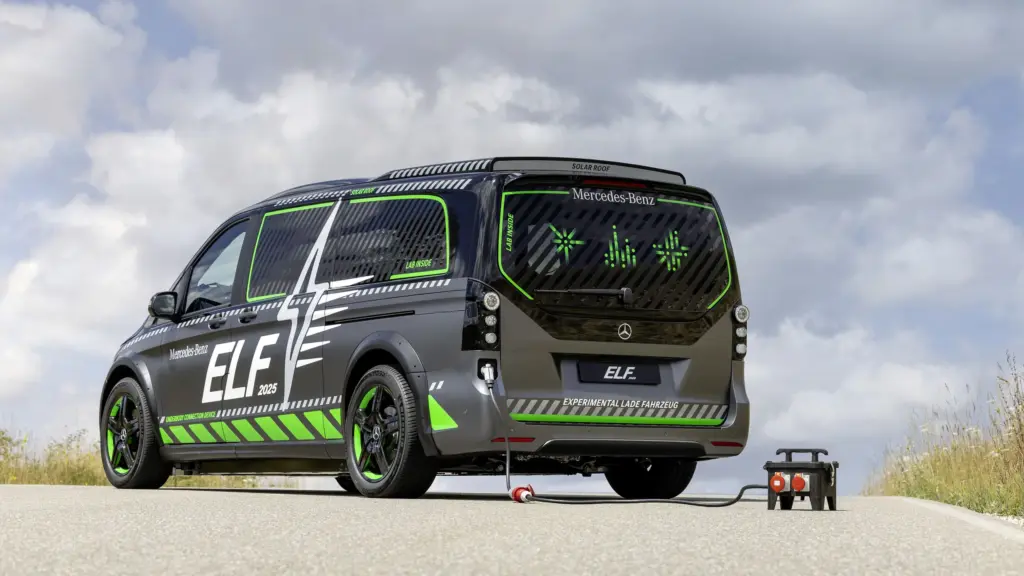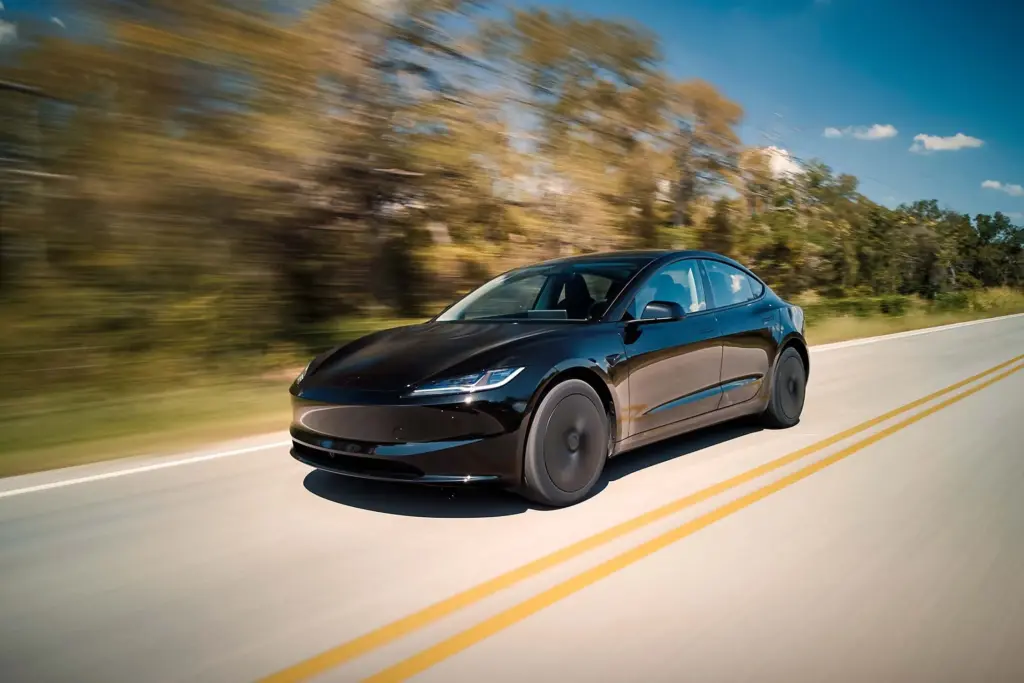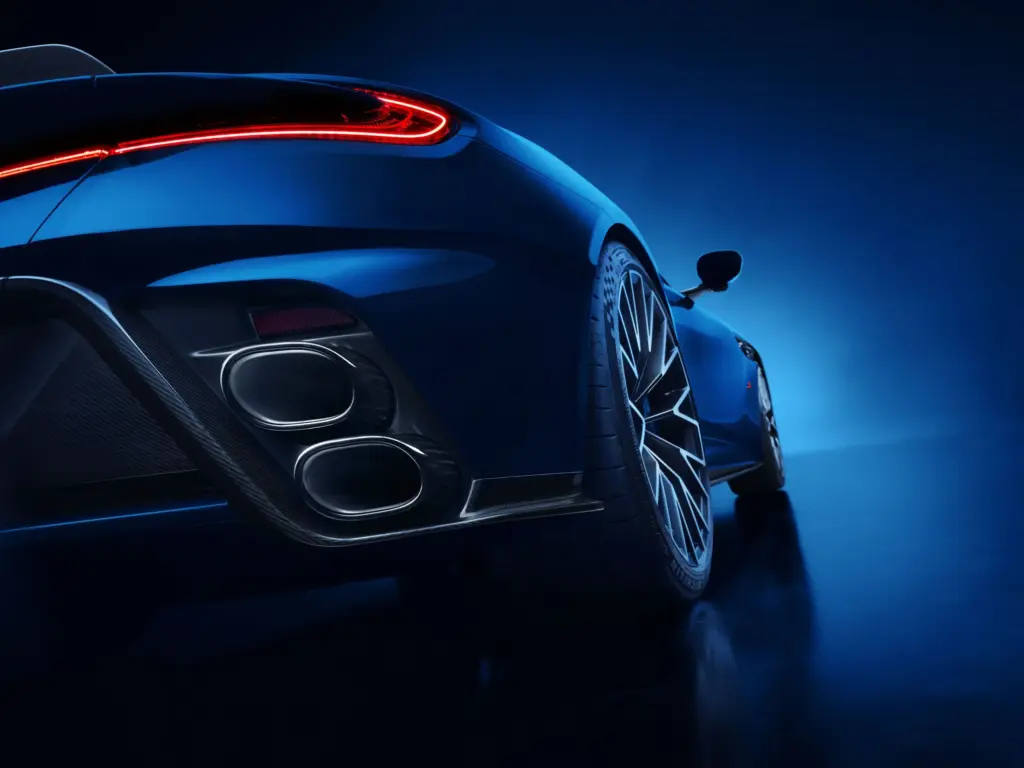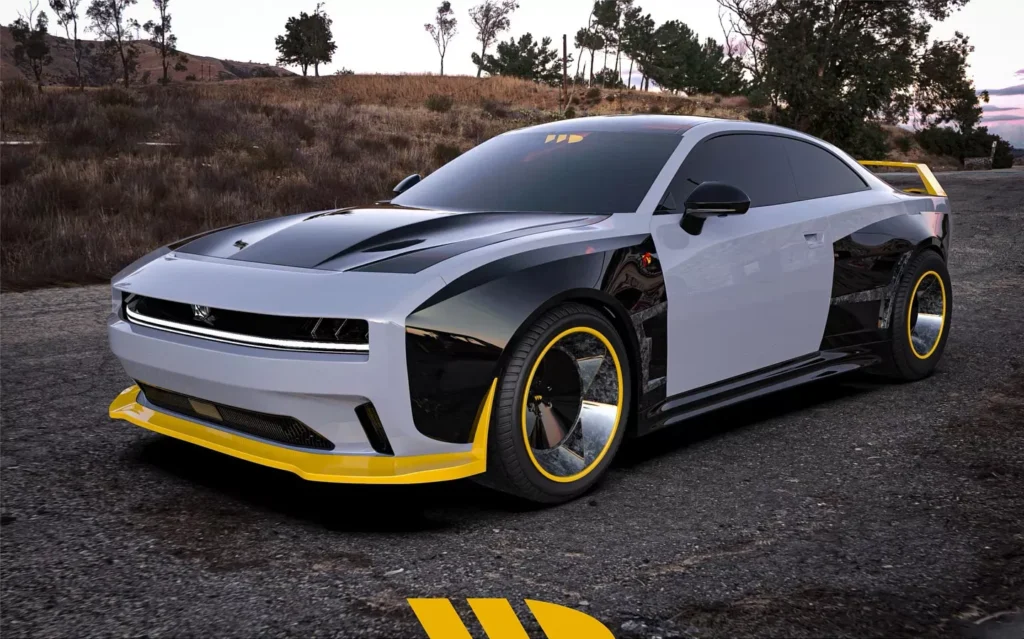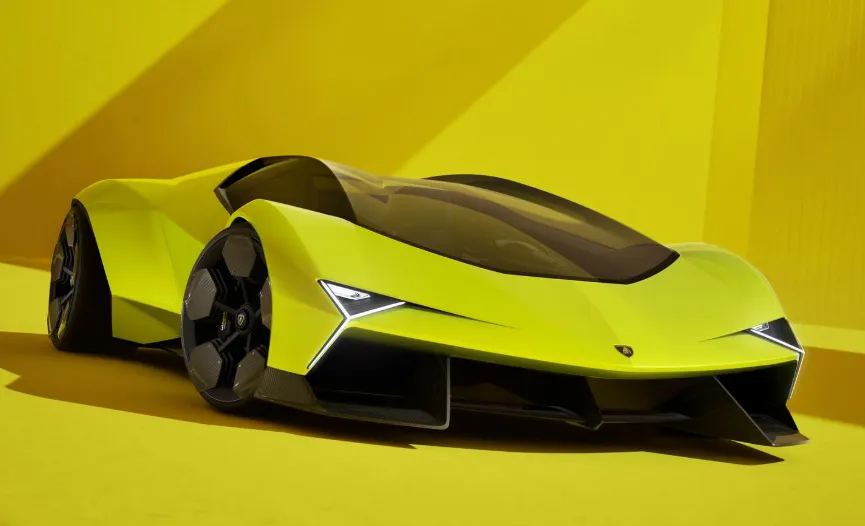The Chevrolet Bolt 2027 is back! Discover how its 150 kW charging and unbeatable price will change the electric car market.
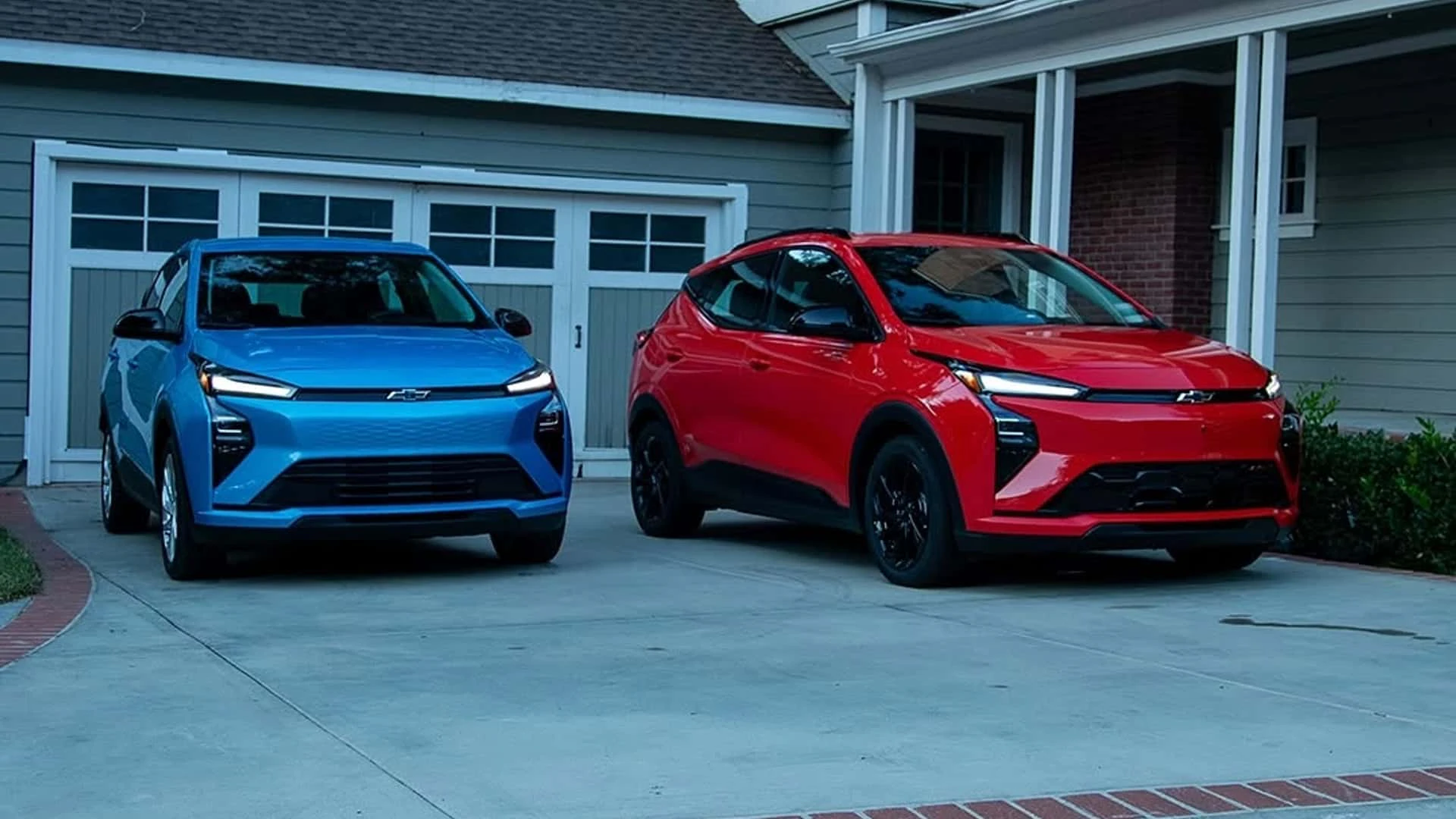
The electric vehicle market is constantly evolving, with innovations that promise to make sustainable mobility more accessible. In this dynamic scenario, the Chevrolet Bolt 2027 positions itself as a watershed moment, returning to the automotive scene with an irresistible proposition: being the cheapest electric car in America, without giving up significant improvements, especially in its charging capacity.
The Triumphant Return of the Chevrolet Bolt as the Most Affordable EV
In a strategic move, Chevrolet reappears with the Bolt (now without the “EUV” suffix), boasting the title of the most affordable EV in the United States. This news challenges the recently announced Nissan Leaf S+, which prided itself on being the most economical model. The Bolt 2027, in its launch edition, will arrive early next year starting at US$ 29,990, and an even cheaper version, the LT, will follow a few months later for US$ 28,995, including destination and handling fees. This aggressive positioning represents a breath of fresh air in an electric car market that has been persistently expensive, offering a viable option for a wider audience.
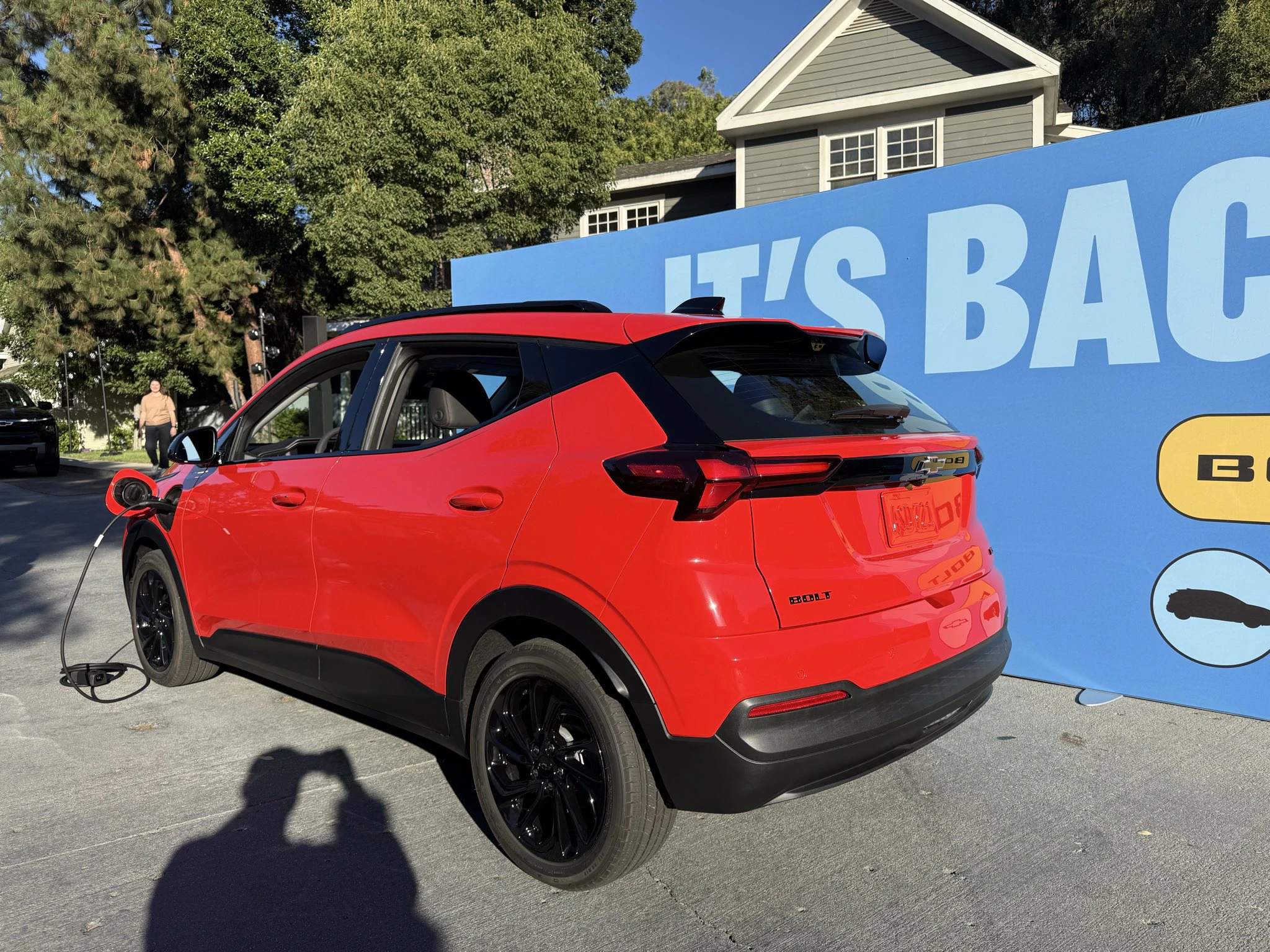
Charging Revolution: Faster and More Efficient
One of the most impactful updates to the new Chevrolet Bolt 2027 lies in its charging capability. While the previous Bolt EUV model peaked at 55 kW for DC fast charging, the new generation nearly triples that value, reaching an impressive 150 kW. This improvement means drivers will spend significantly less time waiting at charging stations. Equipped with a 65 kWh lithium iron phosphate (LFP) battery, the Bolt can be charged from 10% to 80% in just 26 minutes, utilizing the standard NACS (North American Charging Standard), Tesla-style connector. For those seeking an even more optimized charging experience, exploring innovations in batteries and charging systems is essential. The industry is constantly developing technologies to speed up this process, as seen in models that promise to charge faster than a cell phone.
Refined Range and Performance
In addition to improved charging, the Bolt 2027 also features a modest increase in range. GM estimates a range of 255 miles (approximately 410 km) on a full charge, surpassing the 247 miles of the previous model. For many consumers, this range is more than sufficient for daily use, and the discussion about the need for long ranges in electric cars is increasingly relevant. In fact, for most users, 320 km already meets 99% of needs, making the Bolt a practical and efficient option.
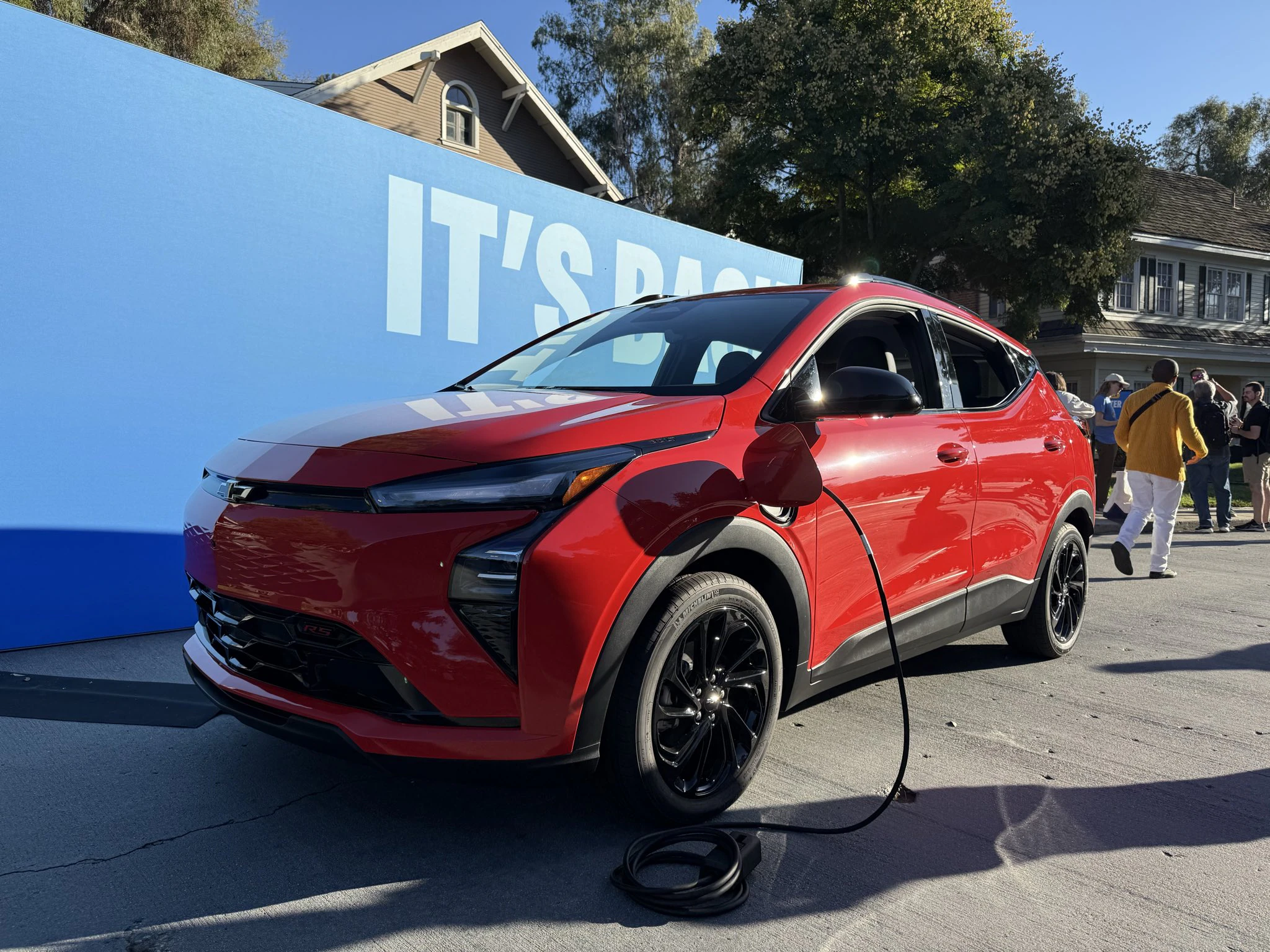
Under the hood (or, more precisely, on the front axle), the new Bolt inherits the single electric motor from the Equinox EV, now rated at 210 horsepower, a modest gain of 10 hp over its predecessor. This is not a complete overhaul, but rather a smart evolution, focused on optimization and cost-effectiveness, and the car will be manufactured in Kansas City.
Technology and Comfort Aboard the New Bolt
Inside, the Bolt 2027 does not disappoint in terms of modernity. It will come equipped with an 11-inch digital instrument cluster and an 11.3-inch touchscreen for the infotainment system. For enthusiasts of more dynamic driving, there will be a sporty RS version with an estimated price of US$ 32,000. Other notable features include bidirectional charging capability, a heat pump for greater energy efficiency, and the Super Cruise driver assistance system, available as an option. However, one absence that many may feel is the lack of Apple CarPlay, a widely used tool for smartphone integration.
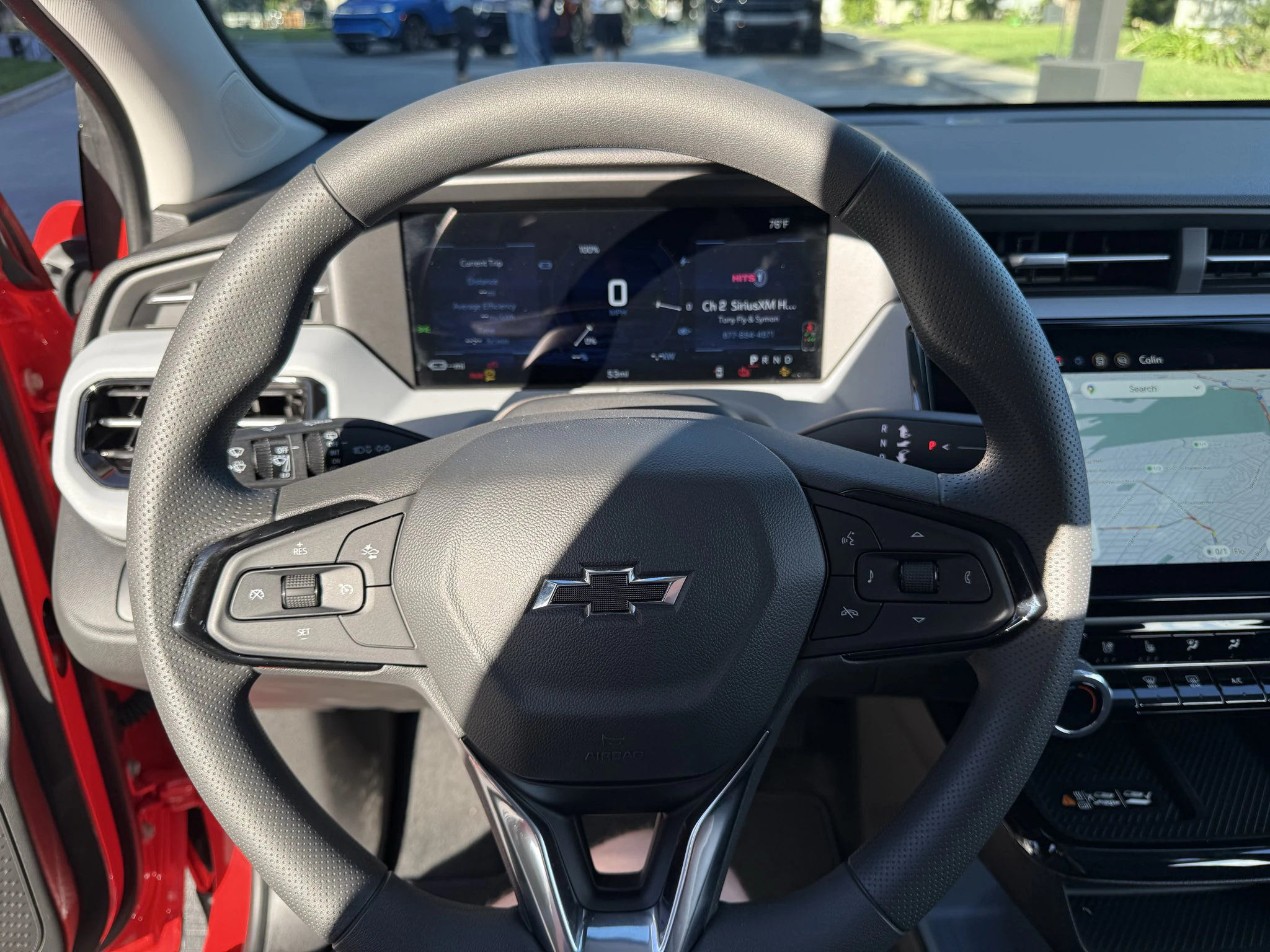
The Competitive Landscape of Entry-Level EVs
Even with the launch of models like the Bolt and the Leaf, the EV market continues to see the emergence of new options. Tesla, for instance, remains a major player, although its Model 3 Standard and Model Y Standard remain significantly more expensive, with starting prices of US$ 38,630 and US$ 41,630, respectively. For those looking to understand Tesla’s strategies for making its vehicles more accessible, it is interesting to observe how the company makes cuts to lower the price of its models.
But the competition doesn’t stop there. Other more economical EVs are on the way, such as Ford’s $30,000 electric pickup – a vehicle that promises to revolutionize the electric pickup market, as discussed in a recent article on the topic. Furthermore, the newcomer Slate also plans to launch an even more basic and accessible pickup. Competition is healthy and drives innovation. However, it is important to be aware that not all models have an impeccable history, and incidents like the Nissan Leaf recall serve as a reminder of the importance of safety and reliability in the sector.
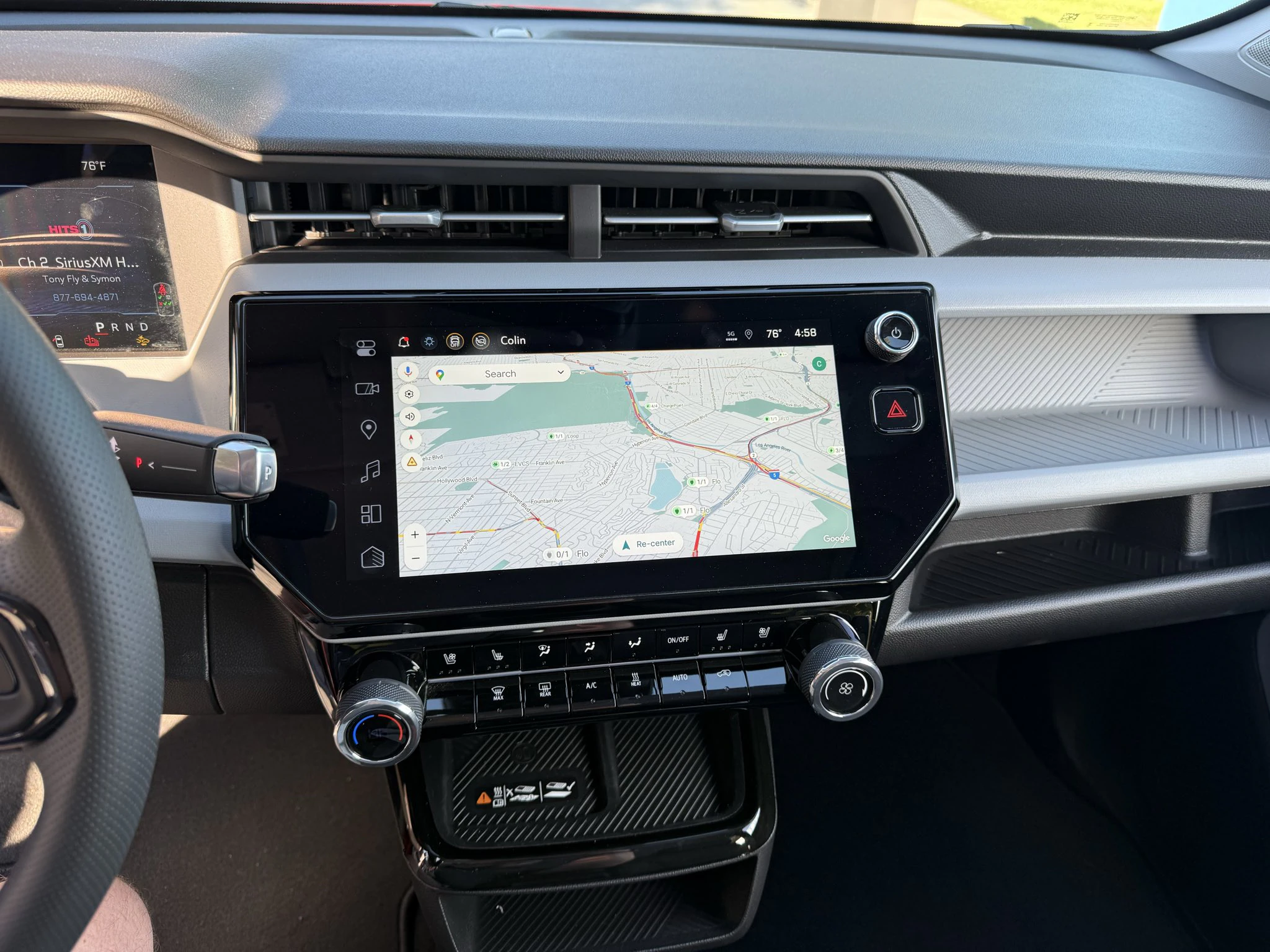
The Chevrolet Bolt 2027 promises to be a fundamental part of the popularization of electric vehicles, combining affordability, fast charging, and practical range for daily use. With these improvements, Chevrolet reaffirms its commitment to offering electric mobility solutions that meet the needs and budgets of an increasingly larger audience. The electric future is becoming increasingly real and achievable.
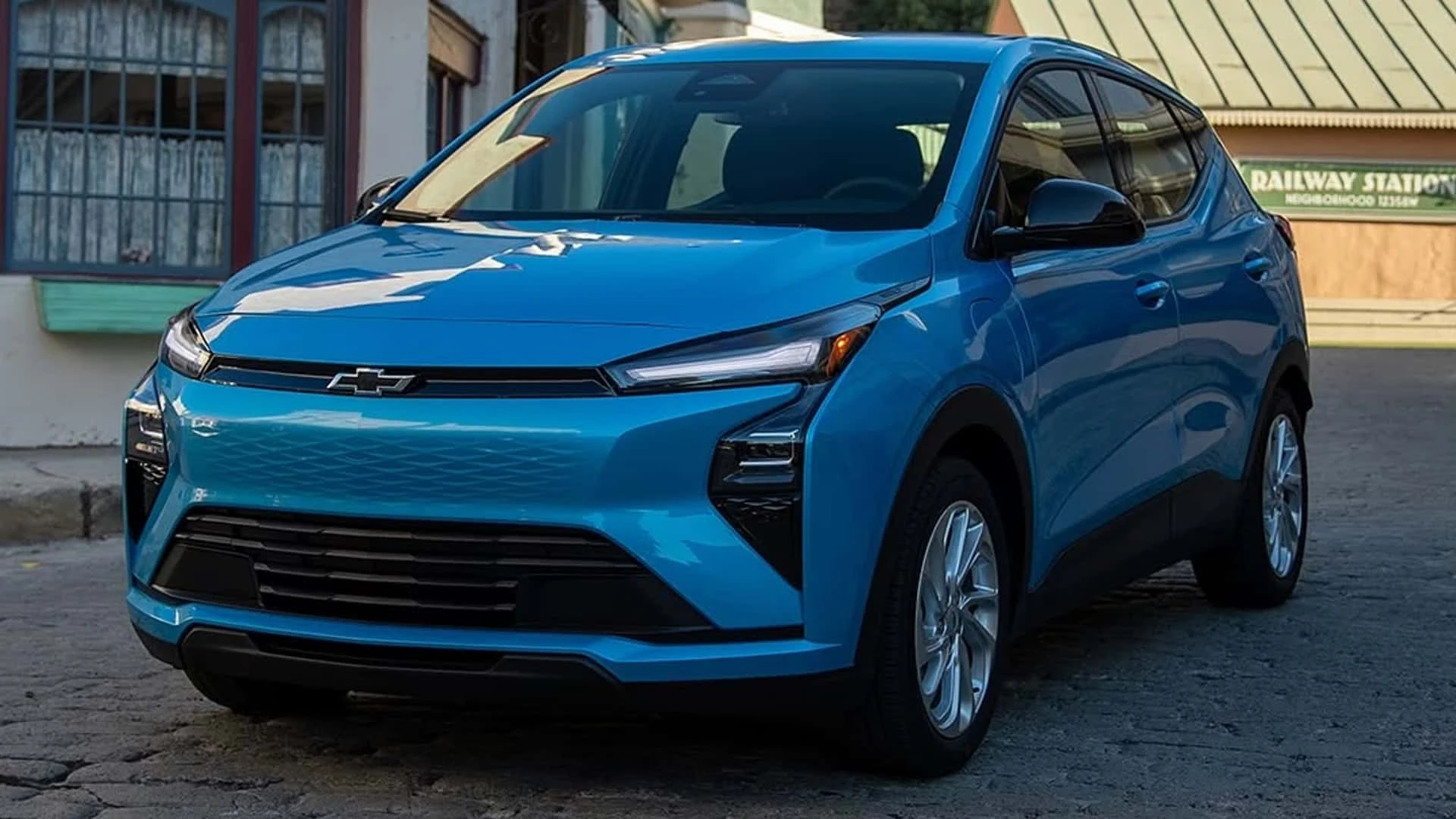





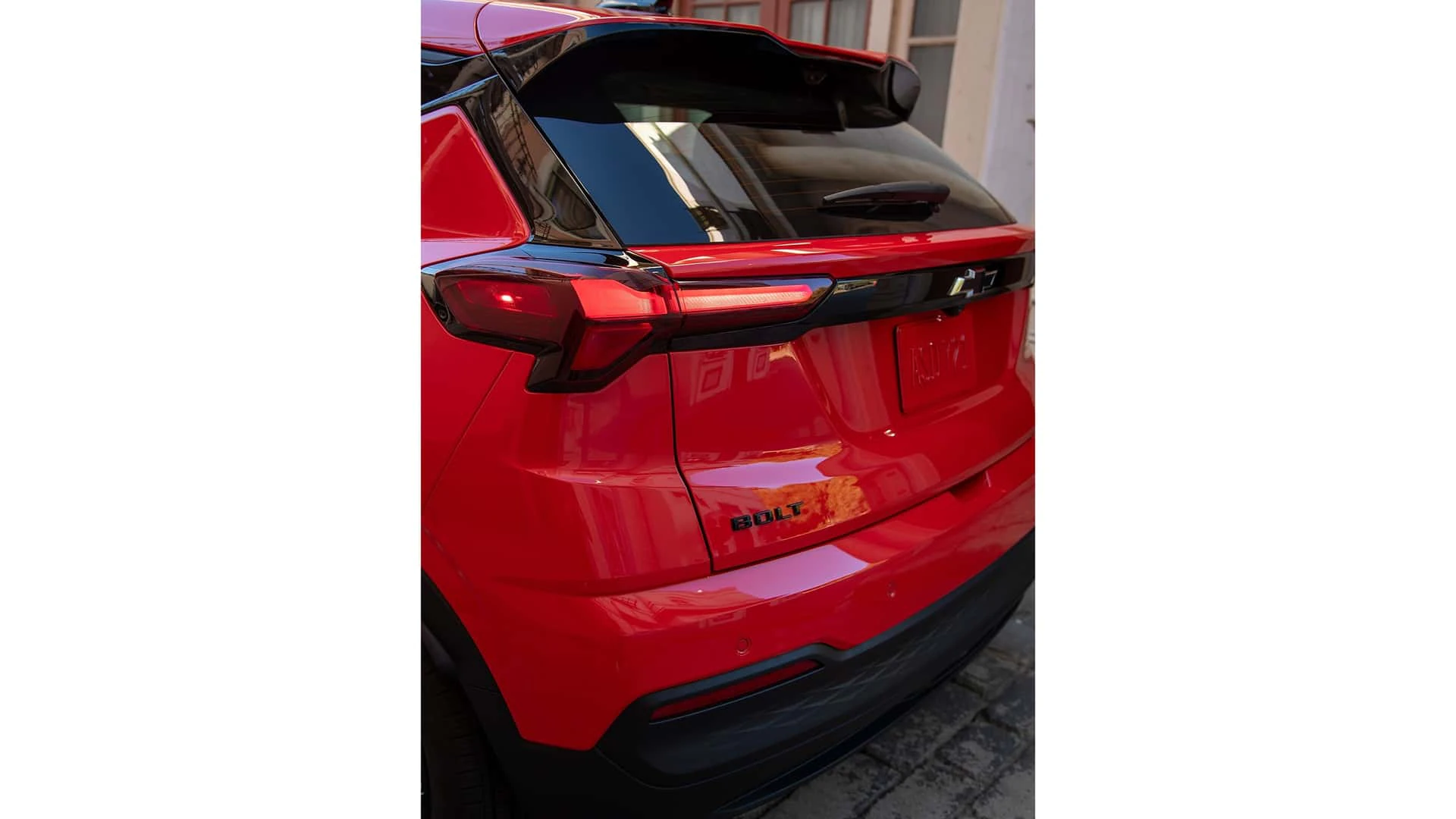

Author: Fabio Isidoro
Founder and editor-in-chief of Canal Carro, he dedicates himself to exploring the automotive universe with depth and passion. A car and technology enthusiast, he produces technical content and in-depth analyses of national and international vehicles, combining quality information with a critical eye for the public.

